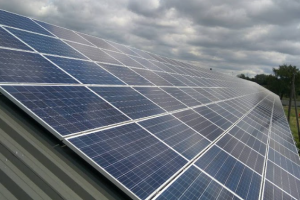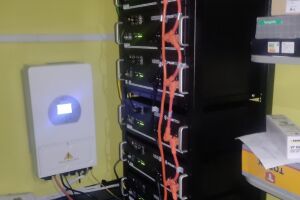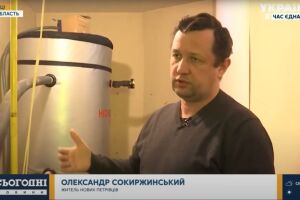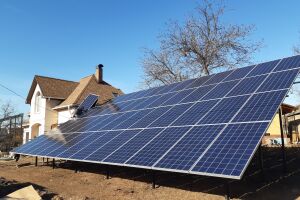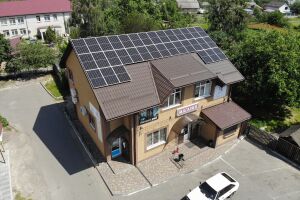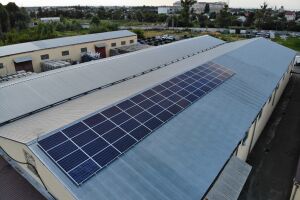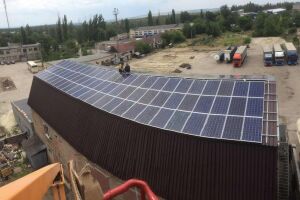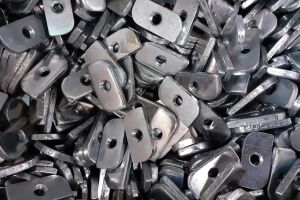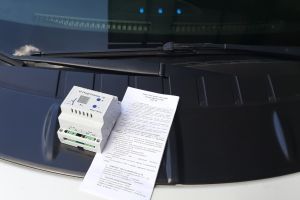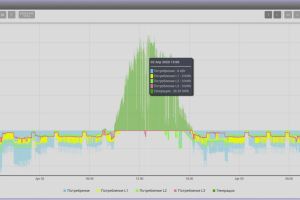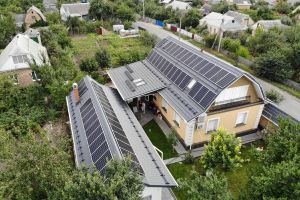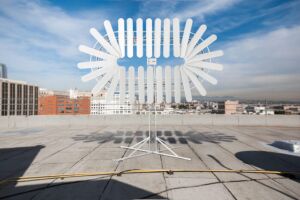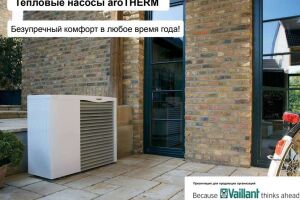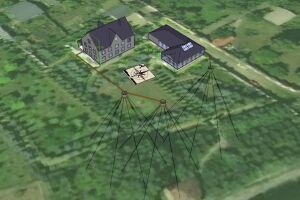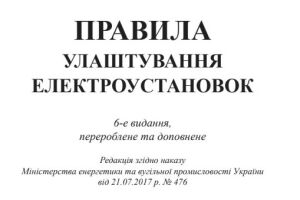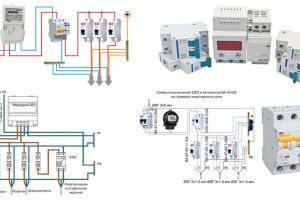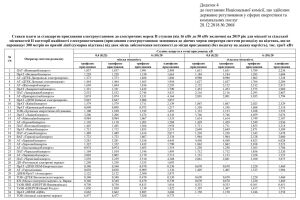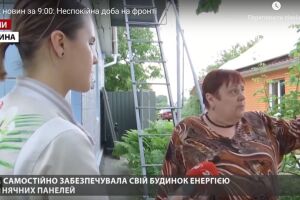When choosing electrical equipment, we always focus on ensuring that the devices are protected from moisture and dust. But how can you check their security? Everything is quite simple - for all manufactured electrical devices and devices, a certain degree of IP protection is established. It depends on the type of equipment contained in this product or device. The body of such an electrical device can include various parts and assemblies with different protection. Ultimately, an electrical device is assigned a degree of protection for the installed equipment, which has a minimum degree of protection.
It is quite simple to check the degree of protection on the purchased product. You need to look at the standard special markings on the device case, for example, IP40.
IP - these two letters stand for Ingress Protection Rating, which is a codification system that is designed to indicate how much the body of an electrical appliance is protected from ingress of solid objects and water to live parts.
IP is a division into classes of protection of electrical equipment from moisture, various bodies and substances. Bodies here are considered tools, human limbs, the touch of which is possible to live parts. The protection classes determine not only electrical safety, but also protection against harmful actions that can affect the functioning of the elements.
To determine the degree of IP protection, markings are applied to electrical devices. The encoding of the degree of protection is as follows:
IP X1X2 AM,
Where:
X1 / X2 - quality of protection against mechanical damage / moisture ingress;
A, M - additional characteristics (description below).
Values table
The IP rating table is useful for home electricians when choosing electrical equipment for outdoor installation, rooms with high humidity, as well as in dusty warehouses:
To make the material clear to you, we offer another option for decoding IP in accordance with GOST 14254-2015.
1 digit (X1) means:
0 - the appliance is not protected, it can be installed in special cabinets or shields, which will prevent direct contact with live parts.
1 - the structure is designed in such a way that a person cannot touch dangerous areas of electrical equipment with a hand or with an object more than 52.5 mm thick.
2 - it is impossible to crawl to dangerous areas with an object, the thickness of which is 12.5 mm (or with a finger). Most often, circuit breakers, RCDs and some lamps have this degree of protection.
3 - the device is protected by a housing that cannot be penetrated without a special tool. An object with a thickness of more than 2.5 mm will also not be able to penetrate into the protective shell.
4 - a higher degree, which prevents the entry of objects with a diameter of more than 1 mm. Thick wire will not get inside the case without disassembly.
5 - high dust protection is provided. The equipment can work in occasionally dusty rooms, as well as when sand gets on the shell (for example, in storage areas).
6 - maximum indicator, complete protection of electrical equipment from dust and solid particles.
2 digit (X2) means:
0 - the device is not protected against water ingress. In this design, there may be some switching devices installed in the panel (RCD, automatic devices with a degree of IP20).
1 - protection from drops from above to the shell of the device is provided.
2 - essentially the same design as with IP X1, but the design of the case can protect the product from drops at an inclination of 15o.
3 - the angle of inclination of drops can reach 60o, water ingress from underneath is not allowed.
4 - protection against splashes and rain is provided.
5 - the case is designed in such a way that a weak jet of water will not harm the operation of electrical equipment.
6 - the shell is impervious to a strong stream of water and water streams.
7 - short-term or incomplete immersion under water is allowed.
8 - means long-term presence of the product under water.
9 - the highest degree of IP protection against moisture, prolonged immersion under pressure is allowed (including protection against a hot stream of water).
We also talked about the fact that in the IP marking according to GOST 14254-2015 there may be two more additional letters after the numbers. The first (maybe A, B, C or D) gives electricians an idea of how protected the case is from human penetration to hazardous parts of electrical installations. The decoding of the degree of protection in this case is as follows:
A - protective shell prevents touching with the back of the hand;
B - protection against penetration of a finger into the body;
C - access to the danger zone by the tool is prevented;
D - no wire penetration possible.
The second letter carries additional information and has the following decoding:
H - high-voltage equipment with voltage up to 72.5 kV.
M - during the tests for moisture protection, the device was in motion;
S - during the same tests, the device was motionless;
W - the body is protected from weather conditions.
Which markings should you prefer?
Device selection by IP protection
When purchasing a device, it is difficult to immediately understand what degree of IP protection is required. In this case, it is better to adhere to some recommendations:
In dry locations, select devices with an IP20 rating.
For damp places, bathrooms, choose devices IP44 and more.
In showers, baths and saunas, products with the best protection are chosen - IP54.
For underwater lighting in the pool, LEDs with IP68 protection are the best choice.
For outdoor installation, it is necessary to use switches and lighting devices with IP54 protection. This is sufficient protection for outdoor installation when exposed to the external environment.
In warehouses, you need to choose dust-proof devices. Models with a protective degree of IP54 are best suited
As a result, in order to decipher and understand what the degree of IP protection means, you just need to compare the numbers indicated on the device you are considering with the data given in the table of degrees of protection. We must not forget that often one characteristic affects another.
For example, if you have an electrical device with IPX7 protection level, then absolute protection against water ingress also guarantees impermeability and dust. That is, one property is mutually exclusive to another.
Several degrees of protection can be simultaneously indicated on the body of the device. It depends on the method by which the equipment is installed, the specific conditions are described under which one or another protection from the effects of harmful factors can be provided.




